Beyond steak and Malbec – why Buenos Aires is a foodie’s delight - Scotland on Sunday Travel
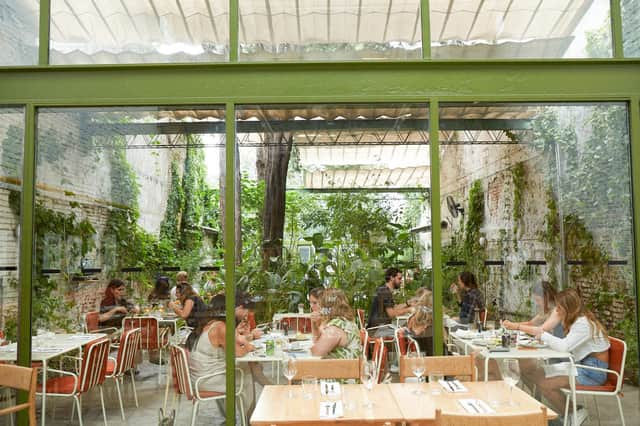

Twenty years ago, a tee-total vegetarian would have balked at the idea of visiting Argentina, land of steak and wine. Today, both those products remain staples of its dining scene but a new generation of experimental chefs is pushing far beyond traditional boundaries.
Their talents were recognised at the end of last year when Michelin launched their first guide to the country, with many featured restaurants based in the capital, Buenos Aires. And those mentioned in the guide are just the tip of the iceberg. Any foodie visiting the country will be overwhelmed by the choices available, all at a good price – often half what you’d pay at home.
Advertisement
Hide AdAdvertisement
Hide AdTo keep costs down, it’s also easy to rent a property through Airbnb. For economic reasons, many of the best houses in the city have been renovated for short-term lets to a foreign market. Stay in quirky one-bedroom retro apartment Casa Bolivar in the romantic San Telmo district from £64 per night, or book a multi-generational break in grand four bedroom Palermo mansion Casa Uriarte from £353 (£44pp) per night. Predicting consumer trends for 2024, Airbnb tout Buenos Aires as a city to watch – so word is obviously getting around.
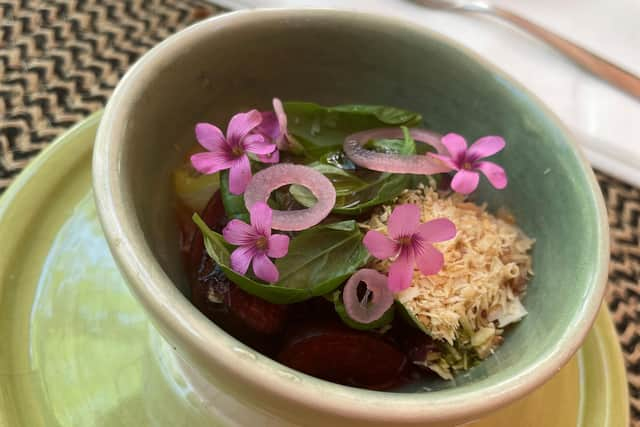

If you want to sample a food scene sizzling beyond the meat grills, here are some places to check out…
TIP: Argentina’s economy is predictably volatile, forcing most venues to abandon paper menus in favour of QR codes, which can easily be updated. Rather than quote specific costs, we’ve grouped our recommendations into low, mid and high price ranges.
Best for dinner and drinks… Kona Corner
££
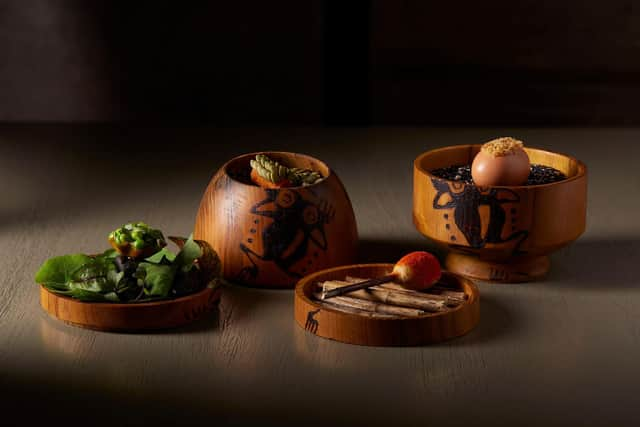

If a meal can be compared to a journey, this new restaurant and bar concept from two culinary Argentine powerhouses presents the city’s most exotic, far-flung ride. Chef Narda Lepes (whose restaurant Comedor is featured in the Michelin guide) and mixologist Inés de los Santos take inspiration from Japan for their latest project, a romantic vision built on movies, history and manga comic books.
On the first floor of the curved building, where large windows mimic the high-rises of cult film Lost In Translation, a flight of seven cocktails is inspired by Japanese legends. One electrifying Szechuan pepper-infused tipple is based on the real story of the maneki-neko nodding cat who saved a man from a lightning strike; another – Obi Wan Shinobi – features mezcal, filtered charcoal and a reduction of roasted pineapple, all smoky ingredients representing the fires that forged swords for both the mercenaries of feudal Japan (known as shinobi) and jedi knights.
Downstairs, a menu of Japanese and Asian-based dishes is served.
How: linktr.ee/konacorner; Castañeda 1899.
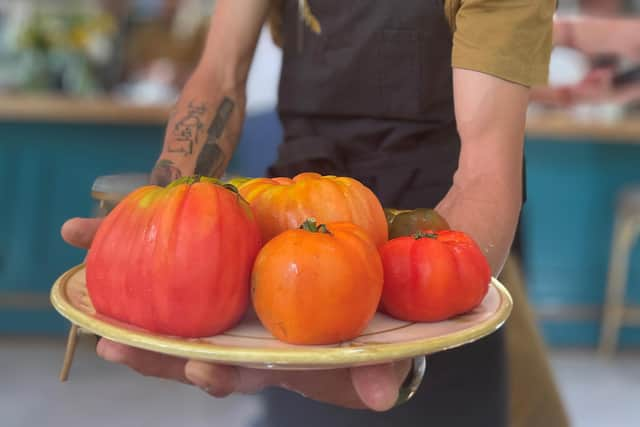

Best for brunch… Lepes
£
Palermo is overflowing with cafes – testimony to an Argentine love of coffee, baked goods and the art of losing hours in a beautifully-designed space. This bright, jolly patisserie from chef Narda Lepes ticks all the essential boxes and more. Napkins embroidered with cake slices and shelves filled with cuddly felt fruits are a sweet complement to a window display of desserts, pastries and creamy creations, all made by a team on site.
The house special is a unique bread used for a toasted sandwich. A mix of doughs from local favourite medialuna (a crescent-shaped pastry) and croissant are baked together and toasted with butter to make an indulgent loaf. Scrambled eggs mixed with crushed spinach and toasted under a fire are another brunch treat. Finish with a honey-glazed alfajor, a light, pillowy take on the classic biscuit filled with dulce de leche.
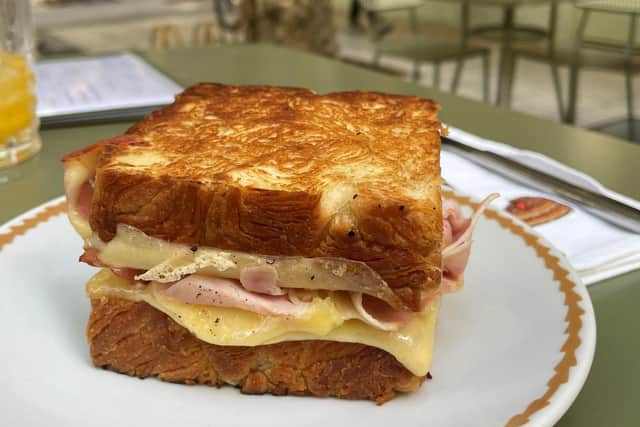

How: @lepesbsas; Nicaragua 6055.
Best for atmosphere… Las Barquin
£££
Advertisement
Hide AdAdvertisement
Hide AdEveryone thinks Argentina’s economy runs on steak and Malbec. In reality, however, cereals and corn keep economic wheels turning. These humble ingredients form the foundation for dishes at this beautiful new restaurant in the upscale Retiro district. Raw wheat comes with pickled radish and parsley oil, turnips are used for a linguine, and an avocado stone is micro-planed for an unconventional but palette-pleasing dessert.
Set in walled gardens planted with olive trees, the conservatory-style restaurant occupies the grounds of a former 17th-century aristocratic home, now operating as a museum. Inventive and resourceful chefs borrow from their immediate surroundings; the fronds of a towering palm, petals plucked from rose bushes and flowers that only unfurl when kissed by the sun are used in dishes.
Stumbling into the space is like discovering the key to a secret garden. A breath of fresh air both for the busy city and a rapidly evolving food scene.
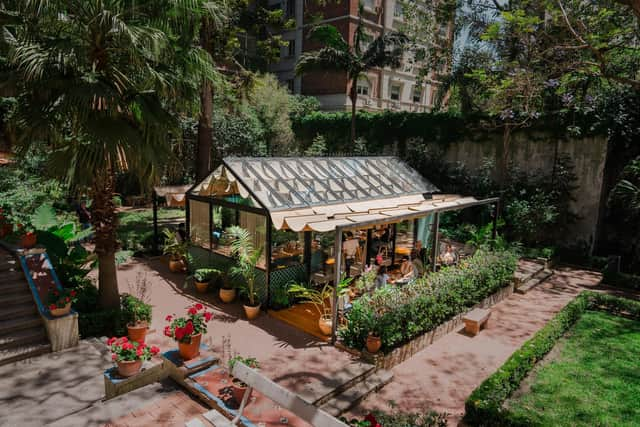

How: @xlosjardinesdelasbarquinx; Suipacha 1424 (Museo Fernández Blanco), Retiro.
Best for experimentalism… Amarra
£££
It’s a bold move to shut shop at the peak of your success and radically do something different. After 17 years in business, the team at award-winning restaurant Chila were frustrated by the idea their name was attracting customers, rather than the food. As a result, Amarra was born, an ambitious project gathering chefs from Argentina’s diverse regions.
Set waterside in the flashy, modern Puerto Madero district, the restaurant is divided into ‘zones’; paintings of galloping horses represent the Pampas, sheaths of corn dangling from the ceiling nod to the high Andes of the north, while a mural of hand paintings is a copy of the Cueva de las Manos petroglyphs in Patagonia.
The food is equally inspiring. Made up of dishes and ingredients drawn from different areas, the tasting menu is a carnival parade of entertaining flavours, including a creamy almond ricotta with tomatoes and pineapple, followed by sweetbreads with strawberry ketchup. All are accompanied by a choice of 500 wines, many forgotten after laws in the 1930s largely restricted the development of wine production to Mendoza.
How: chilarestaurant.com; Av. Alicia Moreau de Justo 1160, Puerto Madero.
Best for a healthy choice… Las Flores
£
Advertisement
Hide AdAdvertisement
Hide AdWhen pastry chef Chula Galvez was diagnosed with gluten intolerance, she went on a mission to create an all-day, accessible menu where everyone could find options. Forever experimenting with multiple types of flour in her food laboratory, she’s come up with an impressive selection of vegan pastries and gluten-free goodies – all served alongside classic recipes.
A vegan alfajor contains dulce de leche made with coconut milk, while a moist citrus cake features clementines and cashew flour. The team have even conjured up their own vegetable milk for frothy cappuccinos and lattes – a blend of almonds, dates and cashews.
Tucked into a leafy Palermo neighbourhood, the café-cum-restaurant is made up of an air-conditioned warehouse at the end of a pretty garden, which stays open for evening meals. Come at weekends to sample the gluten-free mille feuille – a masterpiece of creative baking.
How: @lasflores.bue; Gorriti 5870, Palermo.
Best for steak… Fogon
£££
Any discerning diner seeking an education in Argentina’s food scene should understand there’s a difference between an asado and a steakhouse. A big difference. Aiming to introduce newbies to the traditional barbecue and myriad of confusing meat cuts, Fogon (mentioned in the Michelin guide) has three venues across the city – the newest in a converted tango hall in Palermo.
More of an immersive experience than a meal, the evening starts promptly at 7.30pm – almost unheard of in late night Buenos Aires. But with nine courses to get through, an early start is required. Tables are set around a square station, where chefs introduce each dish and explain the cooking process – from roasting vegetables directly on the fire, to the provenance of grass-fed Angus beef. Guests can mix their own chimichurri sauce and even get a bottle to take home.
How: fogonasado.com; Gorriti 3780, Palermo.
Best for Middle Eastern… Mess Cocina
££
Although a 45-minute taxi ride out of the city, it’s worth making the trip to visit this smart neighbourhood restaurant – especially if you’re planning a weekend away by the water in Tigre. Conceived by Celeste Rizian and Guido Casalinuovo, a couple with roots in both the dining industry and the Middle East, the menu is based on inventive interpretations of classic dishes.
Dolmas rolled vine leaves use walnuts requiring less vinegar, while tahini made from smoky black sesame seeds allows the flavour of chickpeas to shine in a plate of hummus. A highlight is a fragrant dessert based on roses – a sorbet, cream and cake syrup are finished with candied petals from the garden sprinkled on top.
The name Mess is a play on mezze and chaos, encouraging diners to do things differently. Choose from a 17-dish mezze menu or seven to 12 course tasting menus.
How: mess.meitre.com; Los Crisantemos 392, B1669 Del Viso.
How to plan your trip
Advertisement
Hide AdAdvertisement
Hide AdA range of apartments and food experiences can be booked through Airbnb.